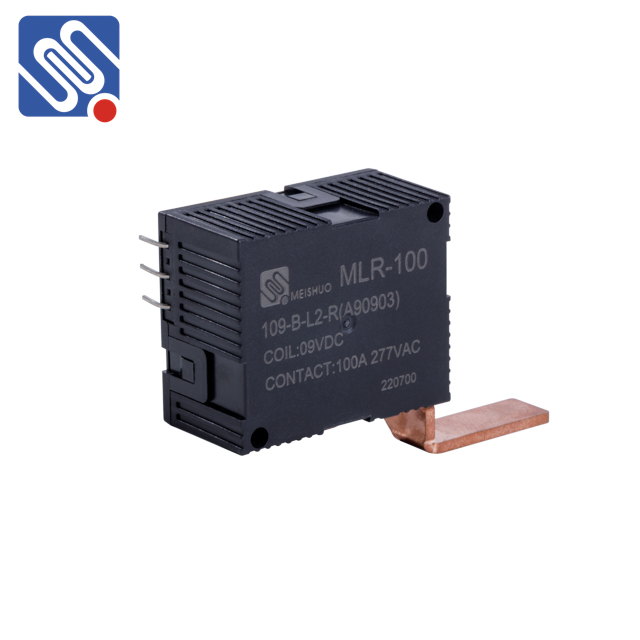the importance and functionality of automatic relays in modern electrical systems
Release time:2025-06-15 05:26:03
Automatic relays are essential components in modern electrical systems, providing crucial protection and control for circuits and devices. Whether it's for overload protection, temperature regulation, or automating the start/stop sequence of machinery, automatic relays play a central role in ensuring the safe and efficient operation of electrical equipment. In this article, we will explore the functionality, types, and applications of automatic relays in various fields, highlighting their importance in maintaining the reliability of electrical systems.

What is an Automatic Relay?
An automatic relay is an electromechanical or electronic switch that automatically opens or closes an electrical circuit based on certain conditions, such as overcurrent, overheating, or voltage changes. It is used to control the flow of electrical current and to protect equipment from damage caused by abnormal electrical conditions. In essence, an automatic relay detects faults in the system and reacts autonomously to prevent further damage, ensuring both operational safety and system longevity.
Working Principle of Automatic Relays
The primary function of an automatic relay is to control the switching of circuits in response to changes in electrical parameters. When the input signal (such as current, voltage, or temperature) crosses a predetermined threshold, the relay is activated to either make or break the circuit. This can involve opening or closing contacts within the relay, which in turn can control the connected load, such as a motor, a heater, or a light.

